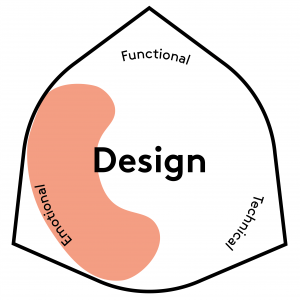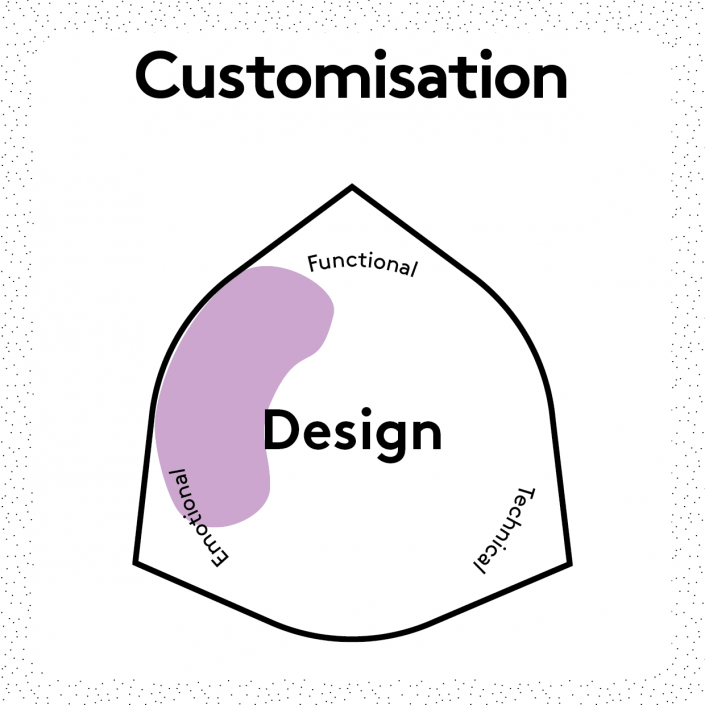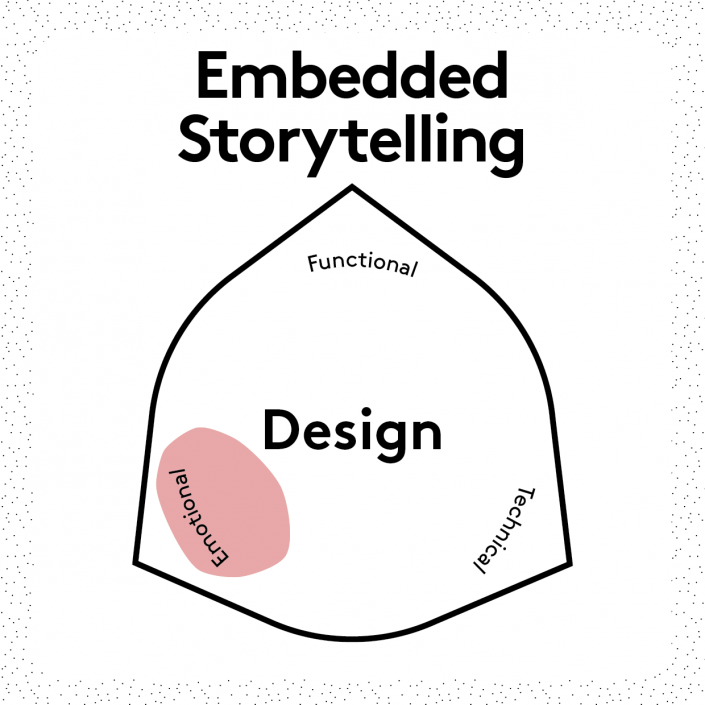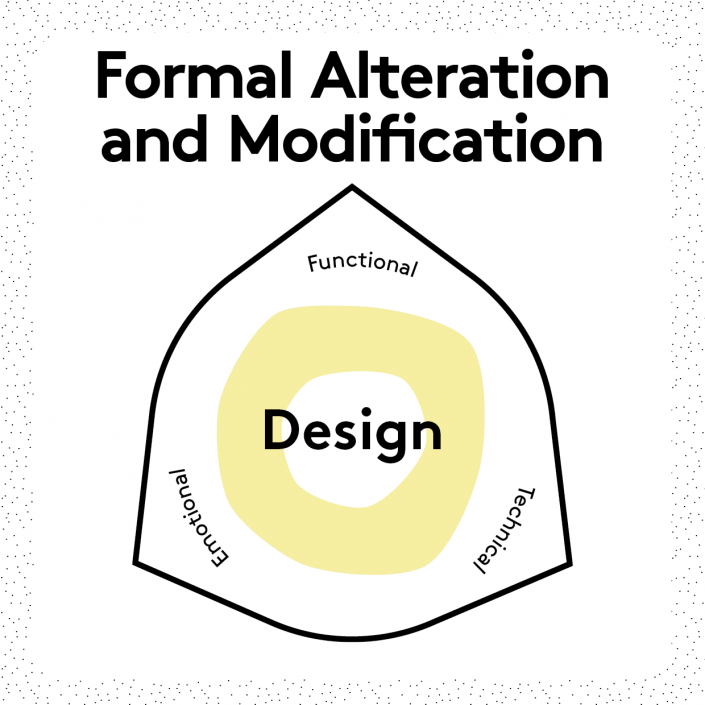What?
Aesthetic features (e.g. forms and material selection) that support the intended lifespan of a product.
Why?
Working with aesthetic lifetime strategies can:
- support product longevity.
- ensure that a product ages gracefully, without losing (or even gaining) aesthetic value.
- ensure that the product remains desirable through successive use cycles.
Challenges
The aesthetic lifetime and aspects that define it are difficult to predict.
Examples
- The 2006 Super Normal exhibition by J.Morrison and N.Fukasawa presented a selection of timeless designs.
- Classic and simple aesthetics less influenced by fast changing trends. See e.g. the company Armoire Officielle.
- Working consciously with patina as an aesthetic value, that only increases over time such as full-grain leather and furniture. Someone who works with this is Lovia Collection.
Further Reading
Lobos (2014). Timelessness in Sustainable Product Design. Colors of Care Conference.
Luchs et al. (2012). Product Choice and the Importance of Aesthetic Design Given the Emotion-Laden Trade-off Between Sustainability and Functional Performance. Journal of Product Innovation Management, 29(6), 903–916.
Wallner et al. (2020). An Exploration of the Value of Timeless Design Styles for the Consumer Acceptance of Refurbished Products. Sustainability, 12(3), 1213.






